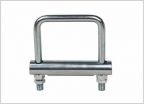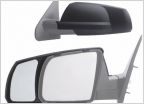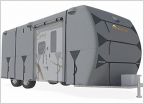-
Welcome to Tundras.com!
You are currently viewing as a guest! To get full-access, you need to register for a FREE account.
As a registered member, you’ll be able to:- Participate in all Tundra discussion topics
- Transfer over your build thread from a different forum to this one
- Communicate privately with other Tundra owners from around the world
- Post your own photos in our Members Gallery
- Access all special features of the site
Towing data point
Discussion in 'Towing & Hauling' started by demfer, Dec 10, 2023.


 Trailer Hitch
Trailer Hitch Trailer hitch pin not long enough
Trailer hitch pin not long enough Toyota TPMS Sensors for Travel Trailer
Toyota TPMS Sensors for Travel Trailer Loose hitch receiver
Loose hitch receiver Towing Mirror Extensions
Towing Mirror Extensions Travel Trailer Cover Recommendations?
Travel Trailer Cover Recommendations?











































































